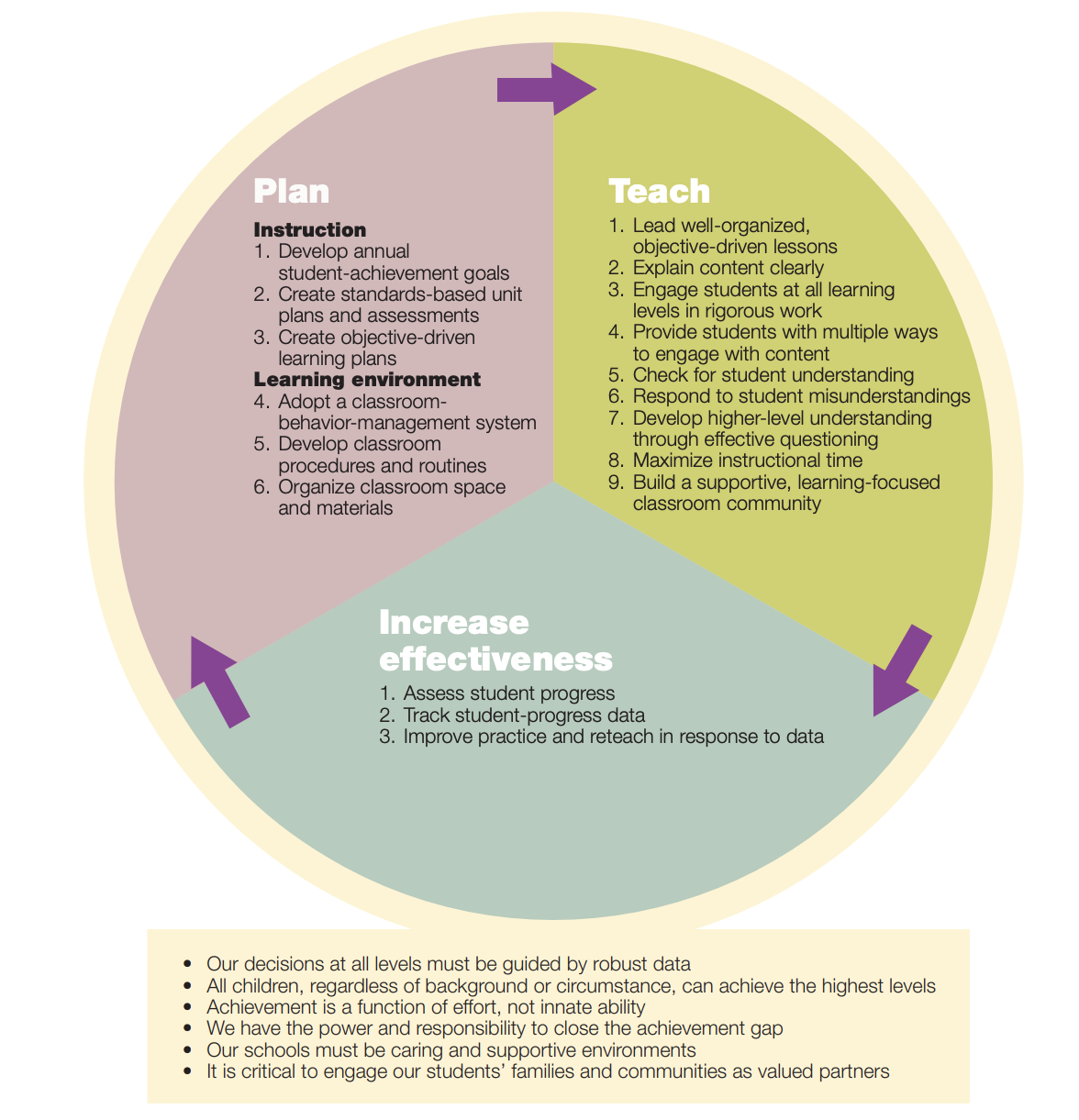5 Ways to Break the Habit of Ineffective Professional Development for Teachers

Professional development for teachers is a programme that takes into account teachers’ performance evaluation. This can improve their work and student achievement. However, many systems may invest in professional development as part of a templated checklist, without much consideration of its effectiveness or how it fits into the school’s or education system’s wider goals.
Schools need to make sure their professional development programmes are relevant to teachers’ individual development needs. Here are some ways to do so.
Use your vision of effective teaching for the basis of the professional development programme
Everyone in the system must have the same vision of what effective teaching is, in order to ensure a professional development programme fits into a system’s evaluation and performance measurement system. While there are various rubrics used and various correlations to improved student outcomes, we can agree on this – aligning the evaluation, professional development and performance-measurement programmes is important. These three elements will work together to improve teaching outcomes. Every professional development opportunity needs to show a clear relation to effectiveness (i.e. how it is defined) and a measurable change in teaching performance.
For example, the public school system in Washington DC developed the Teaching and Learning Framework to outline clear expectations. The framework consists of parts with multiple objectives and clear descriptions of performance. Achieving top performance needs teachers to meet various criteria, including knowing each student’s learning progress and level.

Source: McKinsey, “Breaking the habit of ineffective professional development for teachers” report (2012), adapted from District of Columbia Public Schools Teaching and Learning Framework
Segment teachers and offer a strategic professional development programme
Pressures of limited resources lead to schools implementing the usual one-sided one-size-fits all approach.
Schools should instead look at dividing its teachers into groups of shared characteristics before implementing relevant professional development programmes. Segmentation can also help schools justify their budgets spent on the programmes and evaluate ROI accordingly.

Source: McKinsey, “Breaking the habit of ineffective professional development for teachers” report (2012)
Coaching
Making professional coaches available to teachers provides a channel for immediate feedback and advice on classroom management. Coaching is customised and dynamic based on how each teacher-coach interaction goes, and creates faster and deeper insight for teachers.
In Singapore, the Professional Learning Community was implemented over ten years ago to improve pedagogical practice and foster a culture of professional excellence across all local schools. School leaders, school staff developers and key personnel work with staff to set up the right working conditions for them.
While coaching can arguably be costly (time and finances), schools need to evaluate the cost and benefit of various professional development programme delivery methods and assess which track will most improve student outcomes within X time frame.
Don’t “push”; “pull” instead
Teachers’ awareness of their need to improve their skills is essential, and the basis for effective professional development. Only by being aware of their areas of improvement can they be receptive to any opportunities offered, or seek out available offerings.
School systems should hence establish a model whereby teachers can choose their own professional development offerings based on their identified needs and job roles. Perhaps a credits system whereby each individual is allocated a fixed number of credits to use on professional development programmes he/she deems relevant. This “pull” approach puts the power to improve in teachers’ own hands and gives them greater ownership of their own progression.
Offer professional development programmes with proven impact
School principals and teachers must have a say in how effective each round of the professional development programme was, what worked and what did not. This feedback should be collected not just immediately after the programme’s completion, but also after a reasonable period of time to demonstrate long-term and measurable results. The metrics by which “success” of programmes are evaluated need to be designed by each school district / education system, and should not be limited to just general measures of teacher performance.
Only continuing programmes with demonstrated impact gives parents peace of mind that the school system holds its education system to high standards, gives teachers assurance that their time and development is taken seriously and forces vendors to design offerings that will make a difference for students and teachers.



